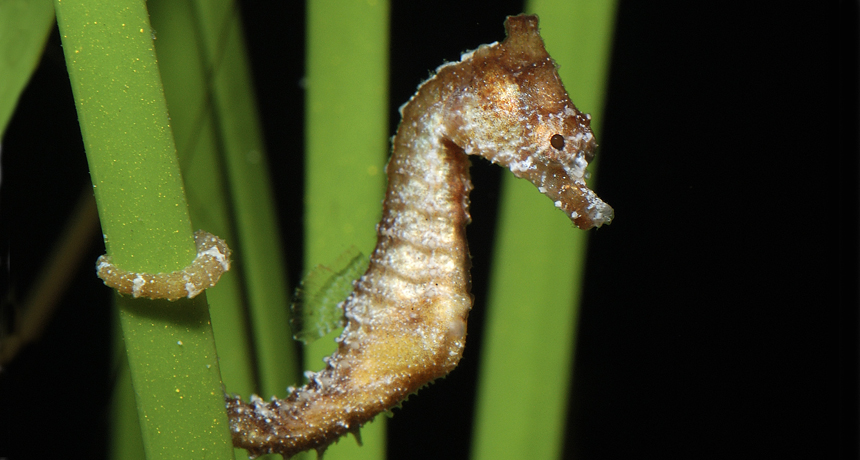An aquaculture research paradise awaits in Vero Beach
35 miles south of Florida Tech’s main campus you can hear the sounds of the waves breaking and the continual hum of pumps keeping the Vero Beach Marine Laboratory’s menagerie of aquatic life thriving, ideal for aquaculture research.
Aquaculture paradise
The Vero Beach Marine Laboratory (VBML) is the perfect playground for aquaculture researchers. Situated on four oceanfront acres, the facility continually infuses thousands of gallons of fresh Atlantic Ocean water into seahorse, pompano and shrimp habitats. Researchers, students and private companies are working together to farm these aquatic organisms to support global demand and enhance the industry’s body of knowledge.
Conservation through aquaculture
Aquaculture researchers at the VBML are not only developing biofuels from algae, they are also farming ornamental fish populations to mitigate the depletion of natural ecosystems. “After working in the aquarium field for two years, I noticed that the majority of fishes displayed at facilities were collected from the wild,” says Nancy Ho, marine biology graduate, and site manager at the Vero Beach Marine Laboratory.
During her time as an aquarist associate at Walt Disney World, Nancy provided the daily care and husbandry of freshwater fishes at the “Living with the Land” exhibit. “Rather than collect wild fishes, I wondered if marine fishes were being farmed for the pet industry. After a bit of research, I found Dr. Lin’s lab focused on ornamental fish aquaculture research and was fortunate enough to become one of his marine biology graduate students.”
Seahorsing around
Nancy’s area of expertise is seahorse aquaculture. The unique characteristics of seahorses, like the males carrying their young in their pouch, swimming upright and lack of scales and teeth, make them a desirable species as ornamental pets. Nancy and Dr. Lin are trying to help observe these populations by conducting field research, and farming healthy populations to reduce the harvesting of wild seahorses.
There are over 30 different species of seahorses and three of them live locally in the Indian River Lagoon, the lined seahorse, longsnout seahorse, and the dwarf seahorse. These seahorses thrive in the lagoon’s grass beds where they can protect themselves from predators. This provides Nancy with a unique opportunity to conduct field research on wild populations. Back at the lab, Nancy and her team of volunteers are studying seahorse biology to further aid in conservation efforts.
To learn more about seahorses, check out the video below
%CODE1Aquaculture%





